Building a physical product business can feel overwhelming at first.
From sourcing materials to finding the right manufacturer, setting up fulfillment, or learning how to handle pre-orders—it’s easy to feel like you need to be an expert in everything at once.
But the truth is: you can start with what you already have.
No investors. No complex tech. Just a good idea, real feedback, and steady action.
This guide breaks down the process into practical, actionable steps based on proven patterns—drawing from the journey of founders like Trevor (MANBAR), who went from making protein bars in his kitchen to creating a national food brand.
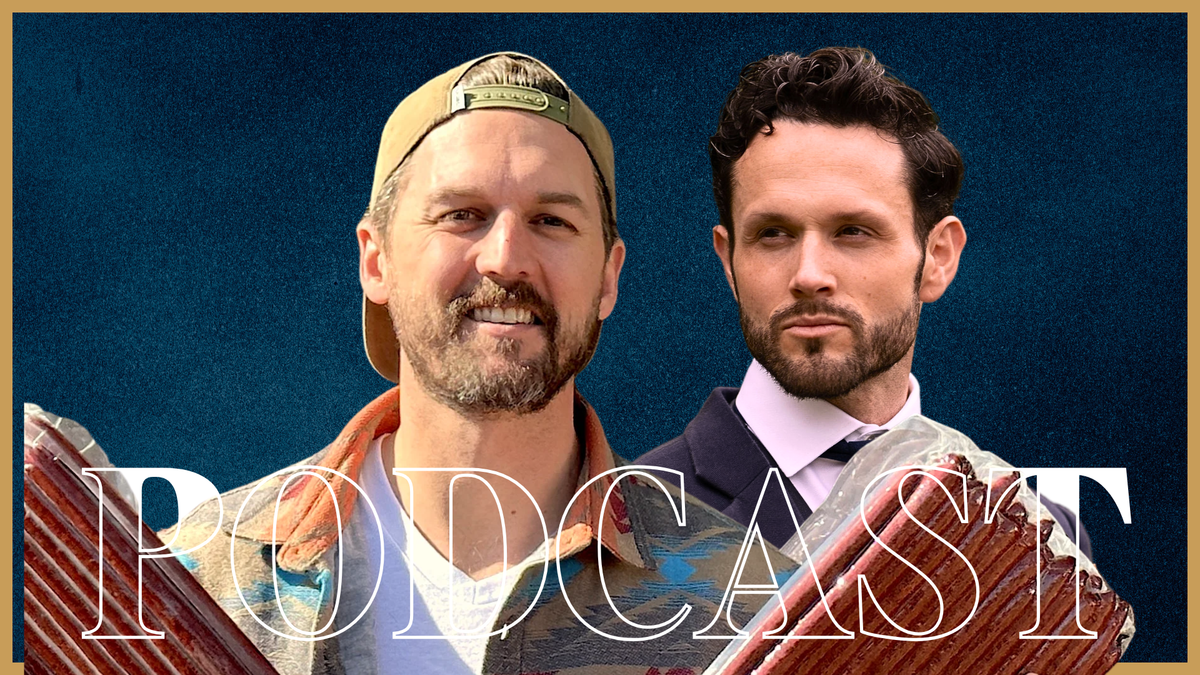
Step 1: Start with Usefulness — Not Perfection
The first step to building a product isn’t coming up with something “new.” It’s solving a real problem in someone’s life—often your own.
Ask yourself:
- What product would I use every day if it existed?
- What problem do I wish was easier to solve?
- What do I regularly hack or create for myself?
✅ Try This:
Write down 3 frustrations you have as a consumer. Can you turn any of those into a product idea?
Step 2: Create a First Draft, Then Share It
Before you talk to manufacturers or set up a website, create a basic version of your product. Not for mass market. Just for testing.
For example:
- If it’s a skincare product, mix ingredients at home and package them in sample containers.
- If it’s a snack or food item, prepare a small batch and give it to friends or family.
- If it’s a wearable item, sew or 3D print a basic version.
Then—share it. Not to pitch it, but to observe reactions.
✅ Try This:
Find 5–10 people who match your target customer. Give them a sample and ask:
- Would you use this regularly?
- What’s confusing or annoying about it?
- What would make this 10x better?
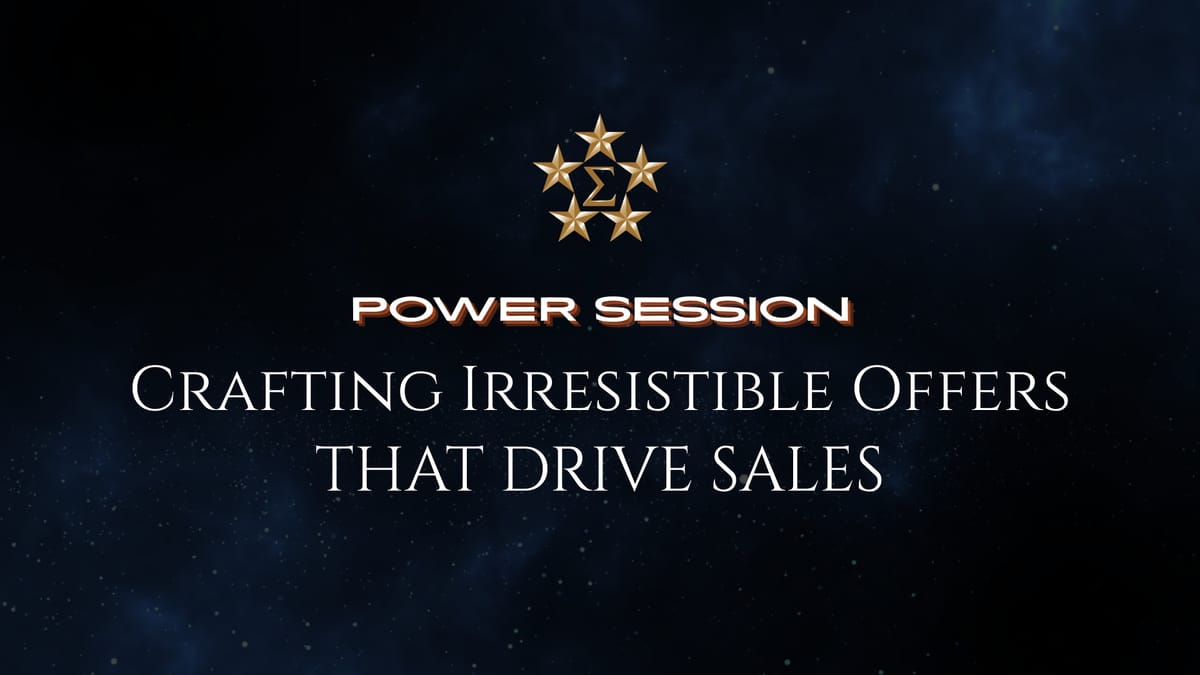
Step 3: Validate Interest with Pre-Sales
Many businesses fail because they wait too long to test demand.
Don’t wait until your product is perfect. Try selling it before it’s fully ready. This doesn’t mean misleading people. It means being transparent about early access, beta versions, or upcoming delivery timelines.
💡 Trevor launched MANBAR by sending an email to just 70 people. He raised $25,000 in annual pre-orders by offering value, sharing his mission, and staying in touch with customers directly.
✅ Try This:
- Create a one-page pitch explaining what the product is, why it matters, and how early buyers can support.
- Use Shopify, Gumroad, or even a Google Form + Venmo to start collecting pre-orders.
- Send it to 20–50 friends, followers, or community members.
Your goal isn’t scale. It’s confirmation that real people want what you’re building.
Step 4: Learn Through Doing
Many first-time founders delay action until they “know more.”
But the best way to learn is by doing the next necessary thing:
- Research FDA or local food labeling rules when you need to label.
- Look up co-packers after you’ve proven demand.
- File an LLC only once you’ve made real sales.
You don’t need to master everything at once. Just commit to moving forward.
✅ Try This:
At the end of each week, ask:
- What was one thing I learned by trying something?
- What’s one decision I can make based on what I now know?
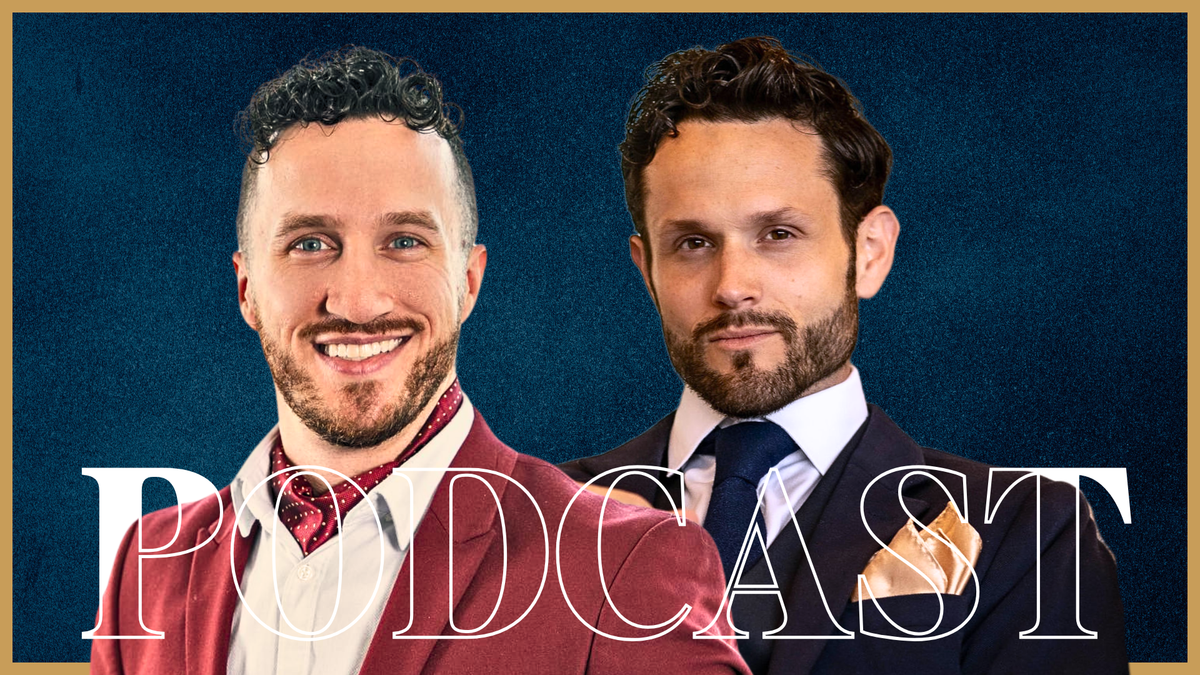
Step 5: Be Transparent With Your Customers
Customers today value honesty over polish.
If you’re early-stage, say so. Let customers into the process—share updates, ask for feedback, and involve them in product evolution.
This builds trust. It also creates early adopters who feel like part of your business, not just buyers.
💬 “I wasn’t just selling something—I was showing people how I was building it.” — Trevor, on how he got his earliest supporters.
✅ Try This:
- Send monthly email updates to your pre-order list.
- Share behind-the-scenes moments on social media.
- Celebrate mistakes and lessons learned.

Step 6: Scale With Intention
Once your product is validated and your systems are in place, you can start thinking about growth:
- Running Meta or Google ads
- Getting into local retailers
- Expanding your product line
- Hiring help for fulfillment or customer service
But early growth should still be rooted in relationships.
Trevor didn’t launch national ads right away. He focused on selling out small batches, learning from each run, and supporting family-owned farms—which aligned with his values and built long-term loyalty.
✅ Try This:
- Define your first goal in clear numbers: “Sell 100 units in 30 days.”
- Create a repeatable system (email list, delivery timeline, sourcing method) before growing reach.
- Write down 3 values that should stay constant as you scale.
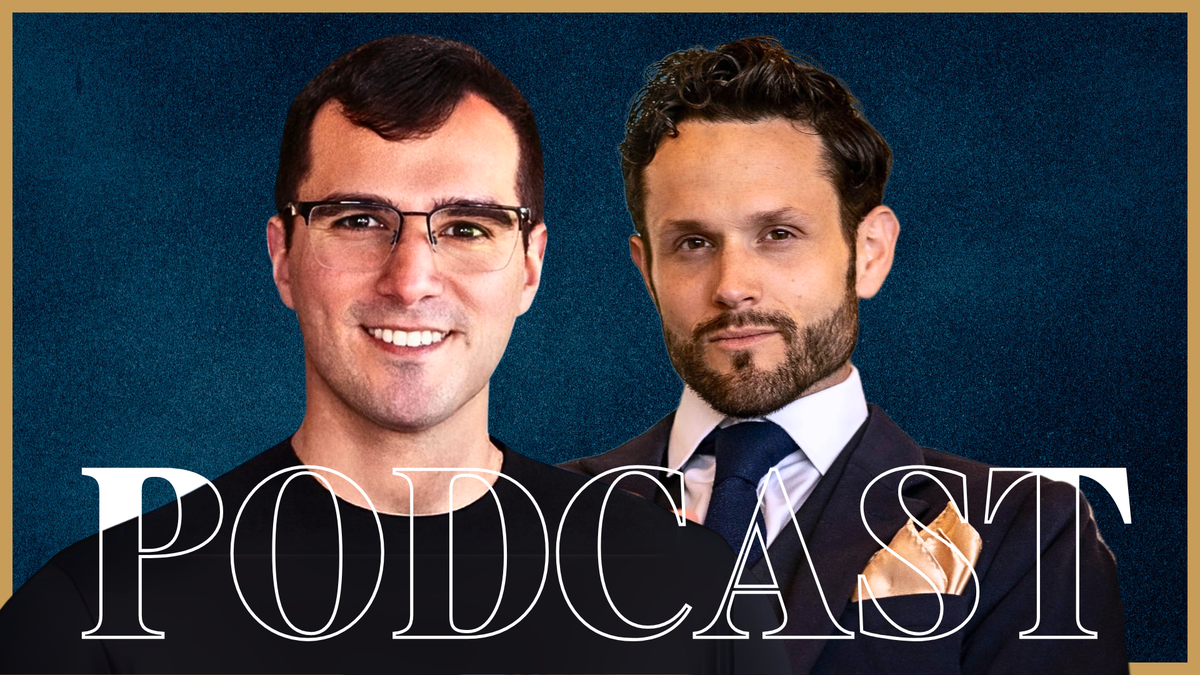
Final Thoughts: Build What Matters, Learn As You Go
You don’t need venture capital to start a product business.
You don’t need perfect branding, expensive packaging, or viral marketing.
What you need is:
- A product rooted in real use.
- A way to test it.
- A small audience that believes in you.
- The courage to learn in public.
Start there.

Want More Like This?
This post is part of the ongoing learning experience inside Elite League Mastermind, where we break down real-world strategies, lessons, and decision-making frameworks from top performers across industries.
🎯 Subscribe to Elite League Mastermind
Get weekly insights, founder frameworks, and behind-the-scenes lessons from real entrepreneurs.
Get Your Free 30-Day Guest Pass
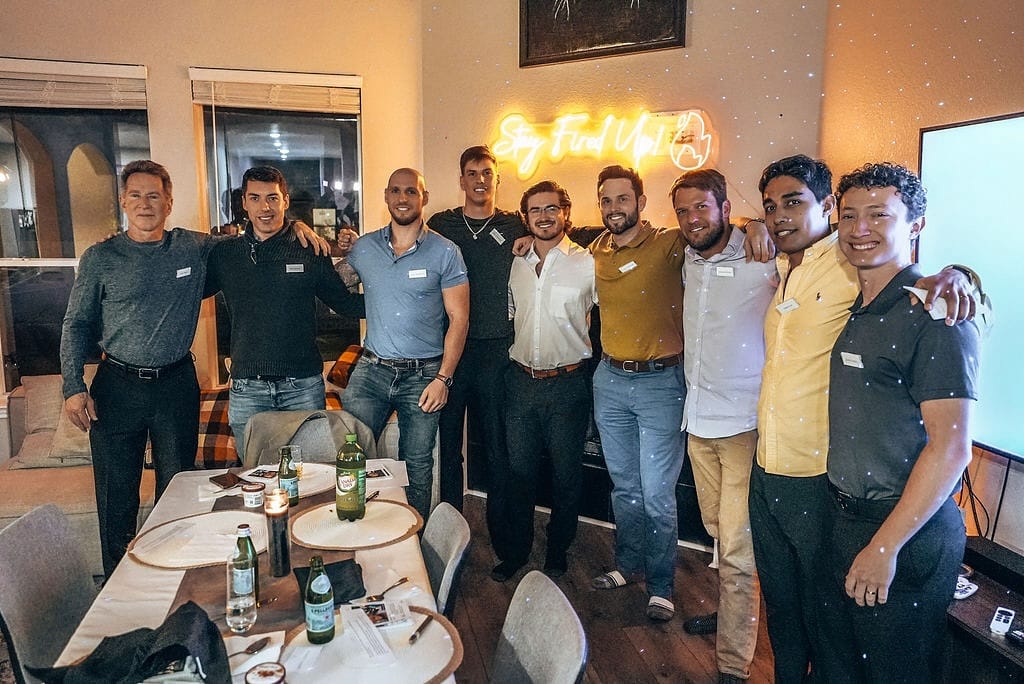

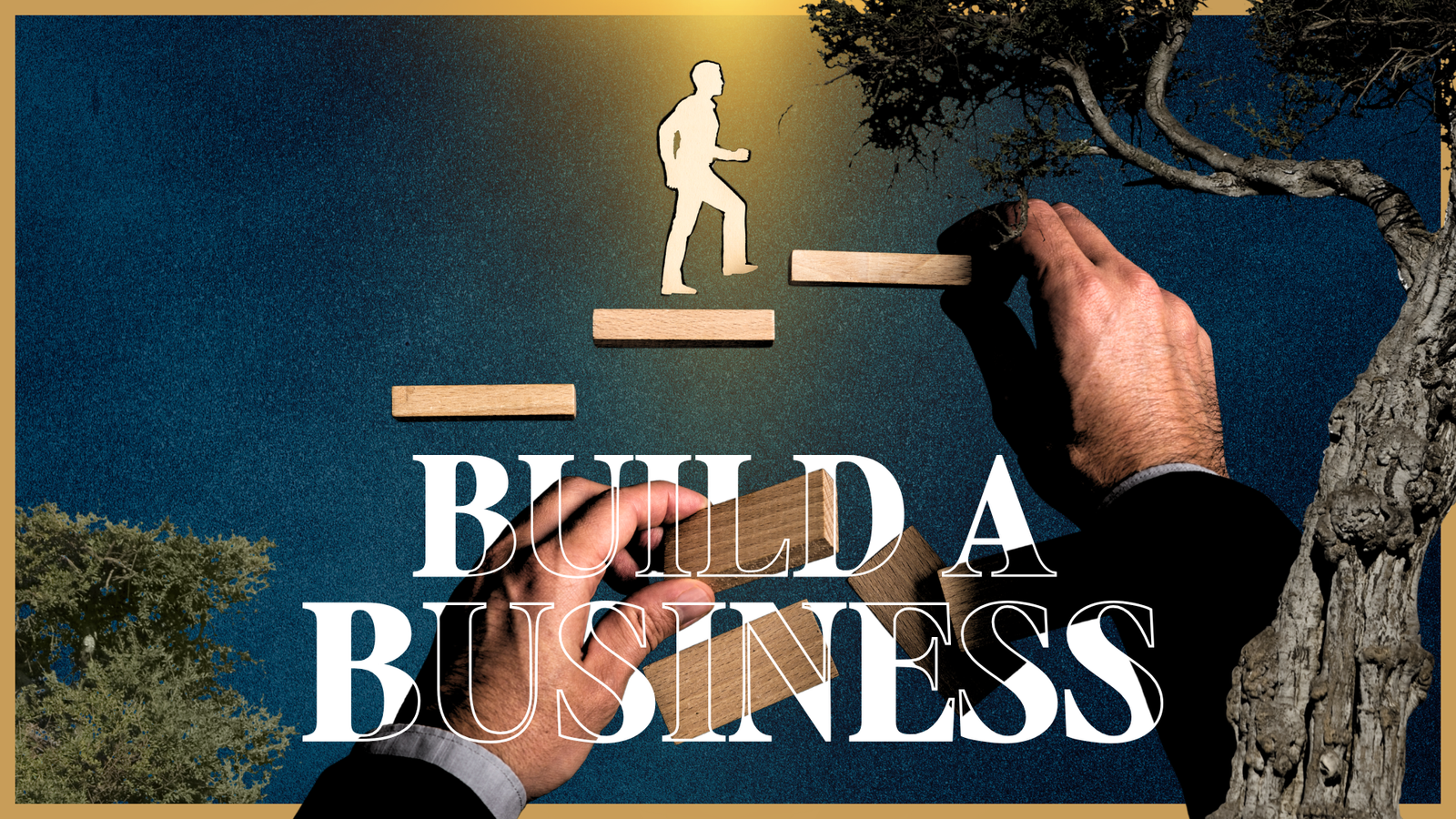
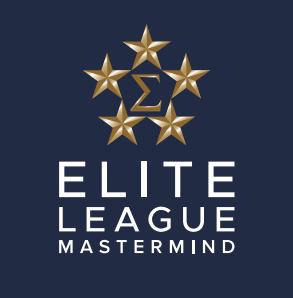
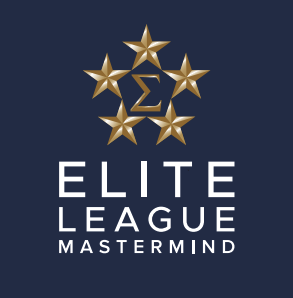
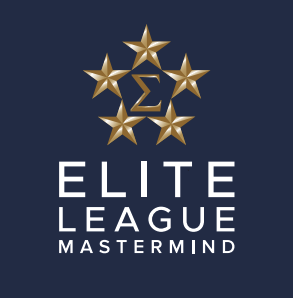
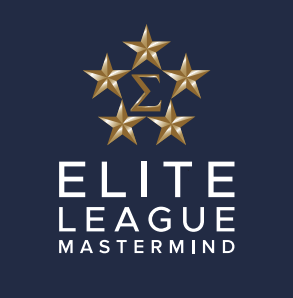
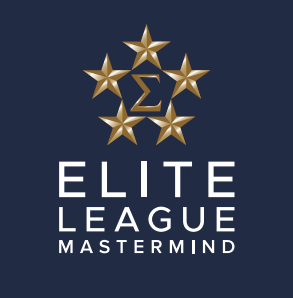
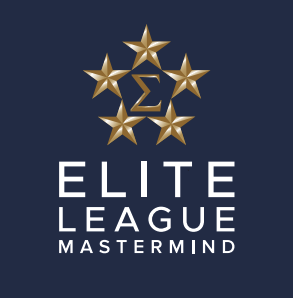
Member discussion